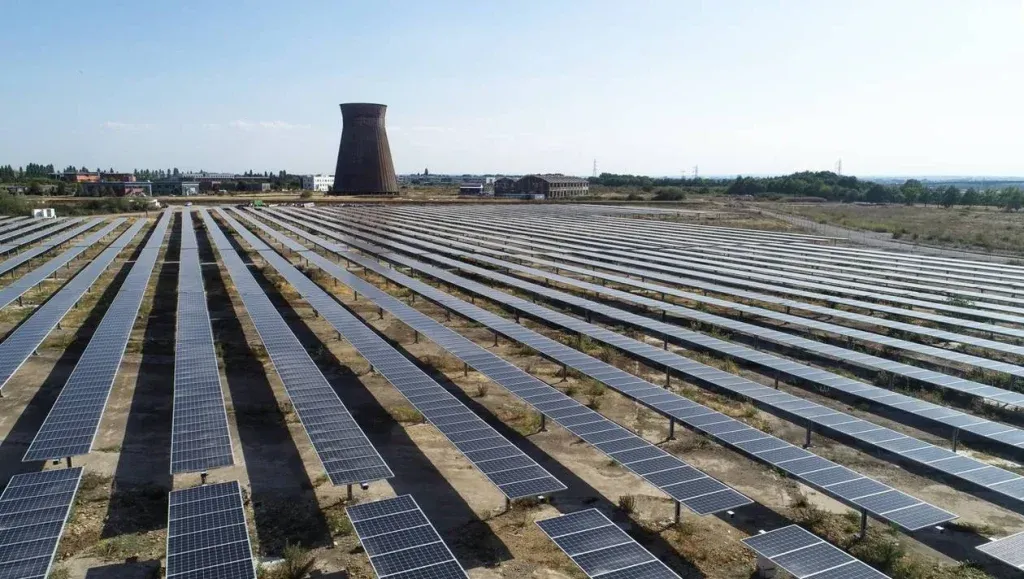In the ever-evolving world of materials science, a groundbreaking study led by Alioune Nacro from Normandy University’s Nicolas Oresme Mathematics Laboratory is set to reshape our understanding of composite materials, with significant implications for the energy sector. Nacro’s research, published in *Comptes Rendus. Mécanique* (which translates to *Proceedings of the Mechanics Division*), delves into the intricate world of second-order gradient theory and multi-scale modeling, offering a fresh perspective on how we can optimize and predict the behavior of advanced composite materials.
At the heart of this research lies the challenge of determining four critical tensors—$\mathbb{A}^{0,0}$, $\mathbb{B}^{0,1}$, $\mathbb{C}^{0,0}$, and $\mathbb{D}^{0,0}$—which play a pivotal role in the asymptotic expansion of energy within periodic composite materials. These tensors are key to understanding how materials behave under various conditions, particularly in high-contrast scenarios where traditional methods often fall short.
Nacro and his team employed a modified Green’s kernel-accelerated scheme to tackle these high-contrast cases efficiently. This innovative approach allowed them to conduct extensive 3D simulations across multiple geometric configurations, providing a comprehensive analysis of tensor values, computational efficiency, and classification. “The ability to accurately simulate and classify these tensors across different morphological structures is a significant step forward,” Nacro explains. “It opens up new avenues for designing and optimizing composite materials tailored to specific industrial needs.”
The implications for the energy sector are profound. Composite materials are widely used in energy infrastructure, from wind turbine blades to nuclear reactor components. Understanding their behavior at a microscopic level can lead to more durable, efficient, and cost-effective materials. For instance, optimizing the design of composite materials used in wind turbines could enhance their lifespan and performance, reducing maintenance costs and improving energy output.
Moreover, the research’s focus on high-contrast cases is particularly relevant for the energy sector, where materials often face extreme and varied conditions. Nacro’s findings could pave the way for developing materials that can withstand these challenging environments, ensuring the reliability and safety of energy infrastructure.
The study’s detailed analysis and classification of tensor values also offer valuable insights for engineers and researchers. By providing a deeper understanding of the behavior of these tensors, the research enables more accurate predictions and simulations, ultimately leading to better-informed design decisions.
As the energy sector continues to evolve, the demand for advanced materials that can meet the challenges of a rapidly changing world grows ever more pressing. Nacro’s research represents a significant stride towards meeting this demand, offering a robust framework for the future of composite material modeling.
In the words of Nacro, “This research is not just about understanding the past but shaping the future. It’s about providing the tools and knowledge needed to innovate and adapt in an ever-changing world.” With its potential to revolutionize the design and application of composite materials, this study is a testament to the power of scientific inquiry and its ability to drive progress in the energy sector and beyond.

